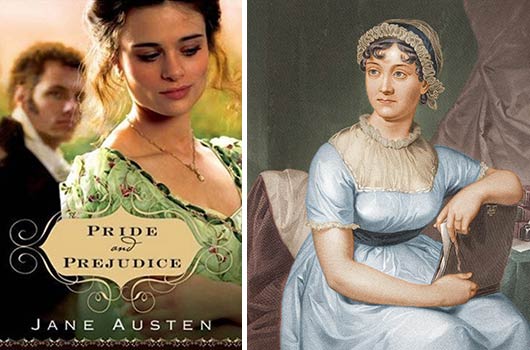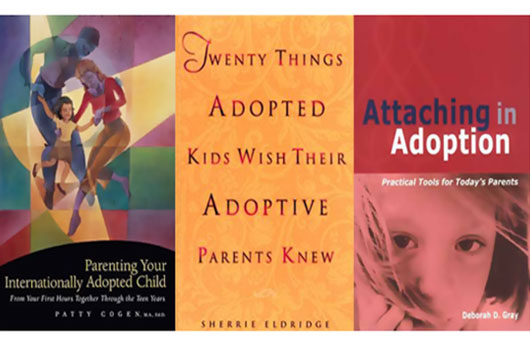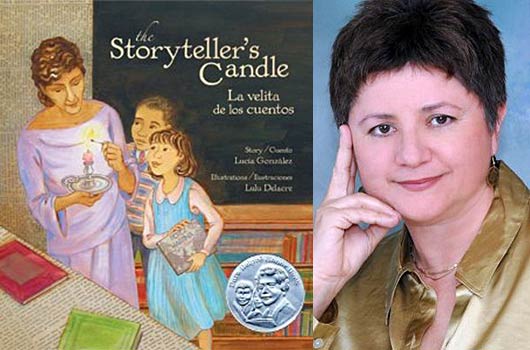
It’s Happy Birthday to Jane Austen’s Pride and Prejudice, a classic novel that continues to capture the imagination of millions of people around the world and that has spun hundreds of other books based on its characters and style. The book, which was first published in three hardcover volumes in England in January 1813, is 200 years old. Now that’s what I call a shelf life.
BIRTH OF PRIDE AND PREJUDICE
Austen wrote the novel between 1796 and 1797. She initially titled it First Impressions. In the years leading up to its publication, Austen made significant revisions and changed the title to Pride and Prejudice. Austen sold the novel, including the copyright for 110 GBP, or about 500 USD.
The novel, like her first book, Sense and Sensibility, was published anonymously, “By a Lady,” and went on to sell out two editions.
While Austen’s other novels were popular, Pride and Prejudice was by far her most successful. The story revolves around a multitude of interrelated characters—at least 20 major players—with themes relevant to British society of the day: money, class and style. The story addresses issues of morality, marriage and manners, from the point of view of Elizabeth Bennet, using free indirect discourse, a type of inner third person narration.
Read Related: Classic Teen Books: Must-Reads for the Modern Young Adult
The popularity of Pride and Prejudice has never waned. It is one of the most popular novels in English literature and to date has sold more than 20 million copies. But the phenomenon of the novel is that it continues to fascinate critics and scholars who still examine and reevaluate and write about it. There have been thousands of novels imitating the style, characters and themes of the book. The novel has also spawned dozens of indirect adaptations or sequels—books that either take the story in another direction, like Pride and Prejudice Twenty Years Later by Emma Tennant, or that tell a story from a different character’s point of view, like Darcy’s Story by Janet Aylmer.
PRIDE AND PREJUDICE IN THE MEDIA
Pride and Prejudice has also been adapted into dozens of TV shows, theatre productions and movies. It has been adapted into a comic book by Marvel, and inspired books like Pride and Prejudice and Zombies by Seth Grahame-Smith (that one actually lists Austen as co-author and keeps much of the original text) and TV shows like Pride and Predator and Jane Bites Back—yes, Jane Austen as a vampire.
There is something about Pride and Prejudice and books of its kind that lend themselves to further exploration. Writers and readers can sense the depth of characters and that some unspoken subtext (remember, this was written in 1800) hides beneath the surface of the story being told in the book. This is the power of great literature: the open-endedness, the depth of theme and a style that offers multiple interpretations. Jane Austen died at the age of 42, only four years after the publication of Pride and Prejudice. It is impossible to say what she would think of the popularity of her book and of the fiction it has inspired for readers in the 20th and 21st centuries. One thing is for certain, great books never die, and at 200 years old, Pride and Prejudice is still alive and well.











